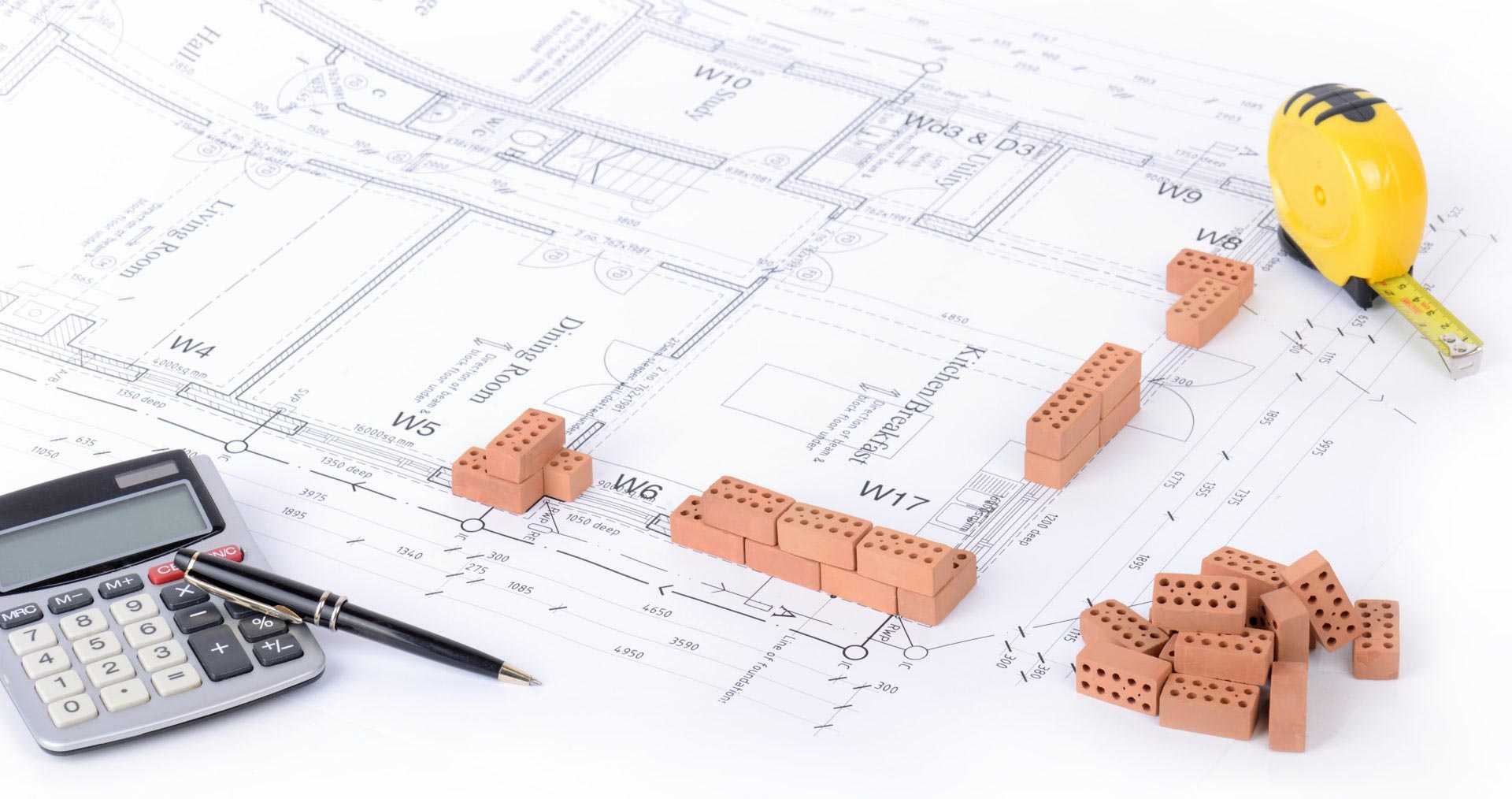Robust Detail & Part E Acoustic Requirements
Robust Detail & Part E Acoustic Requirements
Introduction
Robust details present an alternative to pre-completion testing for illustrating compliance with the performance standards of Part E for new build dwellings. In order to use Robust Details for this motive, you must first register your use for each area with them.

Robust Details
Once your plots are registered, they’ll present you with enrolment documentation. This will be accepted by all building control bodies as confirmation that you’re entitled to use Robust Details alternatively to pre-completion sound testing.
The benefits of Robust Details are distinct – using them circumvents the need to carry out pre-completion acoustic testing. This further eliminates the risk and ambiguity of remedial action being required on the completed floor or wall constructions, with the inherent delays in completing the property.
You will be investing in constructions that add real value to the building, instead of paying test fees. You will additionally avoid the delays and contingencies of pre-completion sound testing.
It is essential that Robust Detail constructions are correctly devised because occasionally when they have been spot-checked, they have not met the current Part E requirements for sound control. When this occurs it’s usually due to one or both of the following reasons.
- Incorrect materials have been used.
- The construction has been incorrectly installed.
When working to strict Robust Detail requirements, the exact materials must be used that are detailed in the Robust Detail Manual and that they’re correctly installed. A typical reason for failure with a concrete separating floor, for instance, is bridging between the screed and base floor.
Bridging is caused if the resilient layer has breaks or gaps within it enabling the screed to come into contact either with the base floor or surrounding walls. A spot test failure through a separating wall is frequently due to the wrong density blocks being used. Low-density blocks do not block sound the same as high-density blocks so it is vital to take notice of what is stipulated in the Manual.
Building Regulations Part E
The Building Regulations Part E was brought into effect on the 1st July 2003 and explains the new acoustic performance requirements in England and Wales for residential dwellings, schools and other construction types. Alongside these requirements for performance, Part E also creates a need for pre-completion testing to reinforce these standards.
The main elements for residential residences are separating walls and floors between two dwellings and internal partitions within these. The dwellings which are covered are new-build residences and new abodes created by what Part E describes as “Material Change of Use”. Material Change of Use correlates to what is more commonly known as refurbishment and conversion work.
Conclusion
A significant consideration is now being given to the issue of undesired noise transmission within buildings and, in particular, to noise transmission within domestic abodes. The new standards in Part E are devised to enhance modernised living standards. If you have any problem with noise spreading outside of rooms or echoes within a room whether it’s domestic or commercial, feel free to speak to one of our technical specialists. As they will be able to point you in the right direction and help you resolve your issue.